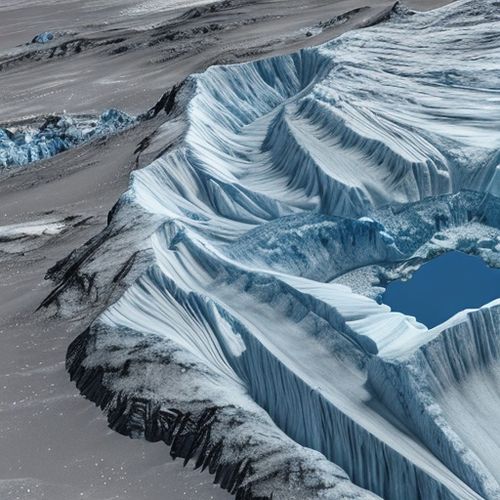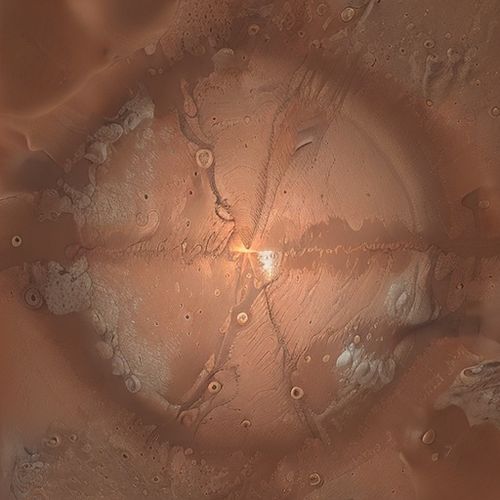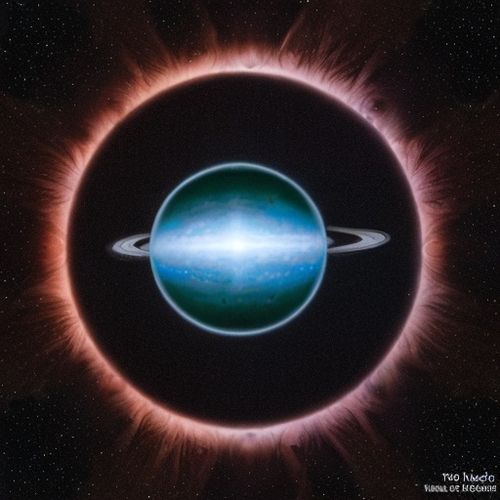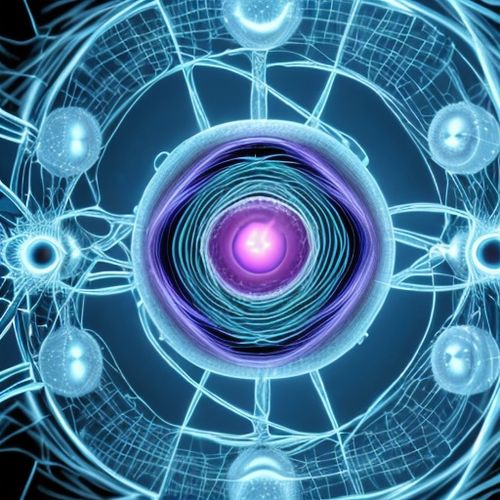In the annals of scientific discovery, few findings capture the imagination quite like the revelation of ancient, fossilized brain tissue. In 2020, researchers stumbled upon a remarkable phenomenon: a black, glassy substance inside the skull of a victim killed during the catastrophic eruption of Mount Vesuvius in AD 79.
This discovery, made in the coastal town of Herculaneum, has sparked a fascinating and ongoing debate about the conditions that led to the formation of this unique material, believed to be fossilized brain tissue.
The remains belonged to a young man who was found lying face down on a bed, buried beneath layers of volcanic ash. The eruption of Mount Vesuvius was one of the most devastating natural disasters in recorded history, obliterating the Roman towns of Pompeii and Herculaneum in a matter of hours.
While Pompeii is often remembered for its preservation in ash, Herculaneum was buried by a combination of pyroclastic flows—fast-moving currents of volcanic material and toxic gas—and a subsequent ash cloud. It is within this context that the mystery of the glassy substance unfolds.
A new analysis of samples taken from the skull and spinal cord of the young man suggests that his body tissue was subjected to temperatures exceeding 510 degrees Celsius (950 degrees Fahrenheit) before cooling rapidly. This process, known as vitrification, transforms liquid materials into glass through swift cooling rather than rapid heating.
Guido Giordano, a volcanologist at Roma Tre University in Rome and lead author of the study published in Scientific Reports, explained, "The process of transformation of anything liquid into glass is the fast cooling, not the fast heating." He drew a parallel to obsidian glass, a volcanic glass formed when lava cools rapidly upon contact with water.
However, the conditions that led to the vitrification of the young man's brain tissue remain a subject of intense scrutiny. The pyroclastic flows from Vesuvius, which buried Herculaneum, did not reach temperatures higher than 465 degrees Celsius (869 degrees Fahrenheit) and would have cooled slowly, making them an unlikely cause of the brain's transformation into glass.
Instead, Giordano and his team concluded that an extremely hot ash cloud, which dissipated quickly, could have created the necessary conditions for vitrification.
The specific sequence of events that led to the formation of this glassy substance is both intricate and extraordinary. The young man's skull and spine likely protected his brain from "complete thermal breakdown," allowing fragments of the unique organic glass to form. Unlike pyroclastic flows, which move along the ground, ash clouds are airborne.
Giordano described them as the "dilute part of the pyroclastic flow," typically forming at the edges and above the main flow. "These clouds can be hot enough to kill you," he said, suggesting that the ash cloud enveloped the young man, subjecting him to temperatures around 510 to 600 degrees Celsius.
To understand the precise conditions required for vitrification, Giordano and his colleagues conducted experiments, systematically heating and cooling fragments of the glass sampled from the skull and spine. They determined that the brain tissue transformed into glass at a temperature of at least 510 degrees Celsius. "The ash cloud basically instantly killed the people, because they were engulfed in a cloud that was probably about 510, maybe 600 degrees (Celsius)," Giordano explained.
At the base of the layers of ash and rubble that buried Herculaneum lies a fine layer of volcanic ash, likely deposited by the ash cloud. This layer provides further evidence supporting the theory that the ash cloud played a crucial role in the vitrification process. However, the notion that soft tissue could undergo vitrification has raised skepticism within the scientific community.
Alexandra Morton-Hayward, a forensic anthropologist at the University of Oxford, expressed doubt about the likelihood of vitrification in soft tissue. She argued that organic tissues, which are mostly water, can only be vitrified through rapid cooling to extremely low temperatures, well below zero degrees Celsius (32 degrees Fahrenheit).
This process, known as cryopreservation, involves cooling organs in liquid nitrogen to prevent ice formation and stabilize them in a solid-like state while maintaining their molecular structure. "I'm not convinced this (artifact) is the one and only exception to this rule," she said.
Despite these reservations, Giordano maintained that the glass was undoubtedly of organic origin. He cited previous research showing that neurons and proteins in the individual's brain were preserved, supporting the theory that the glassy substance was indeed brain tissue. The debate, however, continues to rage on, highlighting the complexity and uncertainty inherent in scientific inquiry.
The discovery of fossilized brain tissue in Herculaneum is more than just a fascinating archaeological find; it is a window into the extreme conditions that prevailed during one of history's most catastrophic volcanic eruptions.
The young man's remains offer a rare glimpse into the final moments of his life, as well as the extraordinary processes that followed his death. The vitrification of his brain tissue, if confirmed, would represent an unprecedented phenomenon in the study of ancient human remains.
The research conducted by Giordano and his team not only sheds light on the specific conditions that led to the formation of the glassy substance but also raises broader questions about the behavior of organic materials under extreme heat and rapid cooling. Their findings challenge existing assumptions about the limits of vitrification and open new avenues for understanding the complex interplay between natural disasters and human biology.
As scientists continue to debate the origins and implications of this unique glassy substance, the discovery serves as a poignant reminder of the destructive power of volcanic eruptions and the resilience of human remains under such extreme conditions. The young man's fossilized brain tissue, preserved for nearly two millennia, stands as a testament to the enduring mysteries of the natural world and the relentless pursuit of knowledge by those who seek to unravel them.
In the end, the enigma of the fossilized brain tissue from Herculaneum is a microcosm of scientific exploration itself: a journey marked by curiosity, skepticism, and the relentless quest for answers. Whether or not the glassy substance is ultimately confirmed as brain tissue, the discovery has already enriched our understanding of the ancient world and the extraordinary events that shaped it.

By Michael Brown/Mar 4, 2025

By Noah Bell/Mar 4, 2025

By Lily Simpson/Mar 4, 2025

By Emily Johnson/Mar 4, 2025

By Sarah Davis/Mar 4, 2025

By Amanda Phillips/Mar 4, 2025

By Eric Ward/Mar 4, 2025

By Jessica Lee/Mar 4, 2025

By Emily Johnson/Mar 4, 2025

By Victoria Gonzalez/Mar 4, 2025
.png)
By Ryan Martin/Dec 22, 2024

By Grace Cox/Dec 22, 2024

By Sarah Davis/Dec 22, 2024
.png)
By Sophia Lewis/Dec 22, 2024

By Megan Clark/Dec 22, 2024